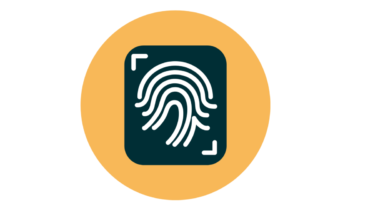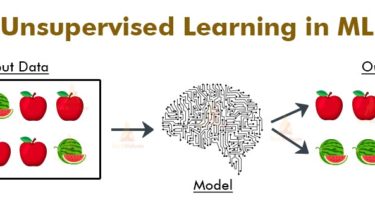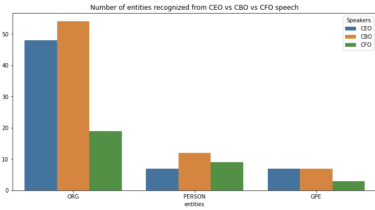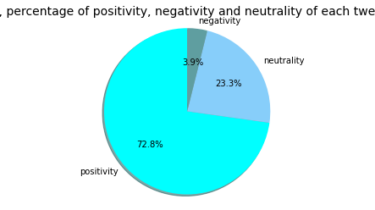Category: Python
Python tutorials
Leveraging Unsupervised Machine Learning for Text Clustering
Find correlation between clusters using an unsupervised Machine Learning algorithm for a given corpus The jupyter notebook with all the code can be accessed here and the dataset is available at this link.
Read moreArtificial intelligence for women empowerment and gender equality
Artificial intelligence has served humanity in several social fields, technologies, health fields … and has been able to solve several problems. The idea posed is how we are going to benefit from this artificial intelligence so that each individual of any gender has the same chances as the others?
Read moreNLP with Python training courses
I am on a learning path of natural language processing using Python. I came across two excellent training coursed on LinkedIn Learning platform. For intermediate level NLP users
Read moreExtract valuable insights from Earning calls using NLP
Ok, Before you read anything, just wanted to let you know, this is my first ever blog, so wish me good luck 🙂 NLP — Natural language processing.
Read moreSpark NLP 🚀 for Finance is RELEASED!
The best NLP library is in the Finance field now!
Read moreBuild a sentiment analysis of a Web3 community in 3 steps, a Dogamí case study
The aim of this article is to explain step by step how to analyze the quantity as well as the quality of tweets related to a keyword on a given sample. Below is an example of what kind of analyses you could do with the code.
Read more







